Home>Storage & Organization>Closet & Wardrobe Organization>How To Organize Toys For Toy Rotation
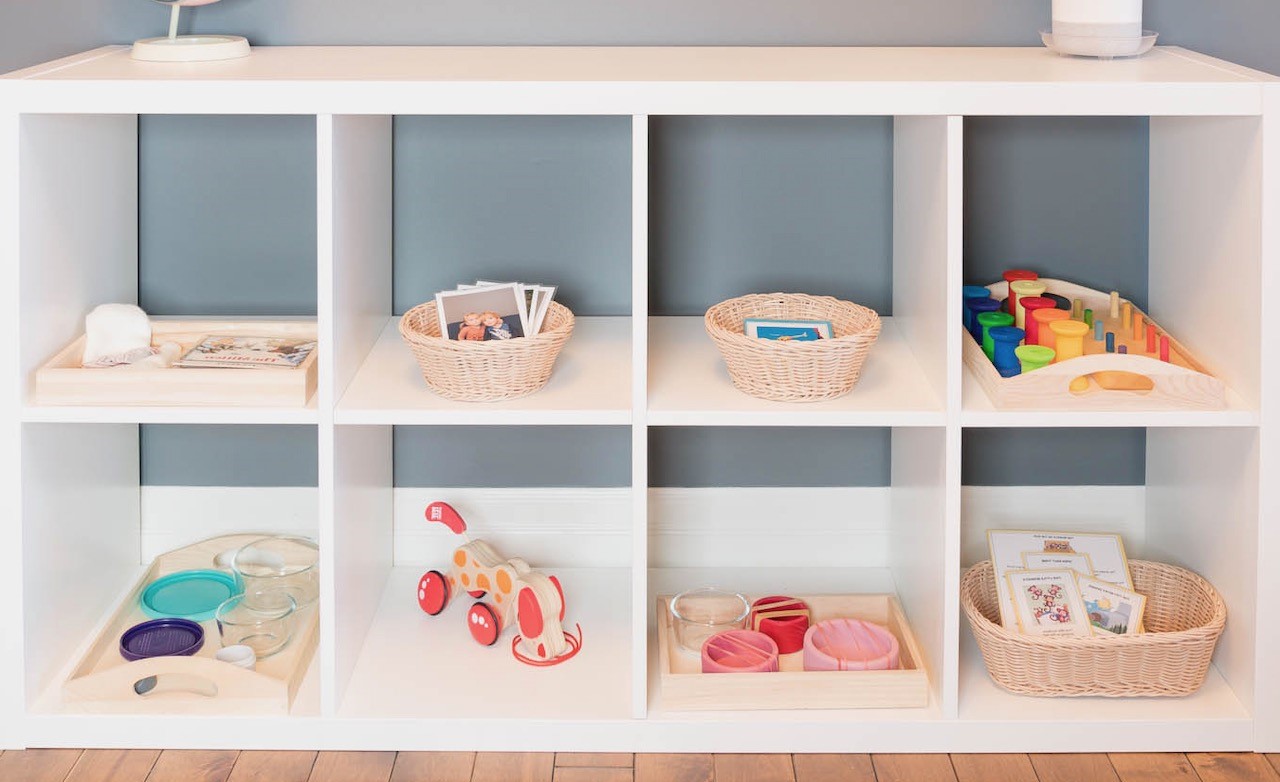

Closet & Wardrobe Organization
How To Organize Toys For Toy Rotation
Published: March 2, 2024
Learn how to efficiently organize toys for a toy rotation system with our expert tips. Discover closet and wardrobe organization ideas to keep your child's play area tidy and clutter-free.
(Many of the links in this article redirect to a specific reviewed product. Your purchase of these products through affiliate links helps to generate commission for Storables.com, at no extra cost. Learn more)
Benefits of Toy Rotation
Toy rotation offers several benefits for both parents and children. Here are some of the advantages of implementing a toy rotation system:
-
Reduced Clutter: By rotating toys, you can significantly reduce the amount of clutter in your home. Instead of having all the toys out at once, you can keep only a select few accessible, making the play area more organized and easier to manage.
-
Promotes Creativity: When children have access to a limited selection of toys, they are more likely to explore and engage with each toy more deeply. This can spark creativity and imaginative play as they find new ways to interact with their toys.
-
Renewed Interest: Rotating toys allows children to experience the excitement of "new" toys without actually purchasing anything. When a toy is reintroduced after being stored away, it can reignite a child's interest and enthusiasm for playing with it.
-
Teaches Organization: Implementing a toy rotation system teaches children the importance of organization and taking care of their belongings. They learn that toys are valuable and should be treated with care, as they are rotated and stored in an orderly manner.
-
Reduces Overstimulation: Having too many toys available at once can lead to overstimulation, making it difficult for children to focus and engage with any one toy. Toy rotation helps to create a calmer play environment by limiting the number of toys in sight.
-
Saves Money: By rotating toys, parents can make the most of the toys their children already have, reducing the need to constantly purchase new ones. This can lead to significant cost savings over time.
Overall, toy rotation not only helps in keeping the play area tidy and organized but also contributes to the development and well-being of children by encouraging creativity, reducing overstimulation, and teaching valuable life skills.
Key Takeaways:
- Toy rotation reduces clutter, sparks creativity, and teaches organization. It saves money and reduces overstimulation, creating a calmer play environment for kids.
- Involving kids in toy rotation fosters responsibility, creativity, and organization skills. It’s a fun and educational way to keep the play area tidy.
Read more: How To Organize Large Toys
Sorting and Decluttering Toys
Sorting and decluttering toys is the crucial first step in implementing a successful toy rotation system. Here's how to go about it:
-
Gather All Toys: Start by gathering all the toys from every corner of the house. This includes toys from the playroom, bedroom, living room, and any other area where toys tend to accumulate.
-
Sort Into Categories: Create categories for the toys, such as dolls, action figures, building blocks, puzzles, and so on. Sort the toys into these categories to get a clear idea of what you're working with.
-
Purge Unwanted Items: Take this opportunity to declutter by getting rid of broken or damaged toys, items that are missing pieces, or toys that your children have outgrown. Consider donating toys that are in good condition but are no longer used.
-
Involve Your Children: Depending on their age, involve your children in the sorting and decluttering process. This can be a valuable lesson for them in decision-making and taking responsibility for their belongings.
-
Assess Play Value: As you sort through the toys, consider the play value of each item. Ask yourself if the toy is still engaging and if it contributes to your child's play experience. If a toy no longer holds your child's interest, it may be a candidate for rotation or donation.
-
Set Aside Rotation Toys: Identify the toys that will be part of the initial rotation. These should be toys that your child hasn't played with in a while but still holds some interest. These will be the "new" toys when the rotation schedule begins.
By sorting and decluttering toys, you can streamline the toy rotation process and ensure that only the most engaging and age-appropriate toys are kept accessible to your children.
Choosing the Right Storage Containers
When it comes to organizing and storing toys for rotation, selecting the right storage containers is essential. Here are some key considerations for choosing the right containers:
-
Size and Accessibility: Opt for containers that are large enough to hold a variety of toys but are still easily accessible to children. Clear, transparent bins are ideal as they allow kids to see the contents without having to open each container.
-
Durability: Look for sturdy, durable containers that can withstand regular handling by children. Plastic bins with secure lids are a practical choice, as they can protect the toys from dust and moisture while being easy to clean.
-
Stackable Design: To maximize space and keep the play area organized, choose containers that are stackable. This allows you to neatly stack the containers, making the most of vertical storage space.
-
Portability: Consider the portability of the containers, especially if you plan to store toys in different areas of the house. Containers with handles or wheels make it easier to transport toys from one room to another.
-
Labeling Options: To streamline the toy rotation process, opt for containers that have labeling options. This can include writable surfaces, clip-on labels, or clear sleeves for inserting labels. Clearly labeling the containers makes it easier to identify the contents at a glance.
-
Safety Features: Ensure that the storage containers do not have any sharp edges or small parts that could pose a safety hazard to children. Smooth edges and child-friendly designs are important for the overall safety of the storage solution.
By carefully considering these factors, you can select storage containers that are practical, safe, and conducive to an efficient toy rotation system. The right containers will not only keep the play area organized but also make it easier for children to participate in the rotation process.
Use clear, labeled bins to separate toys by type or theme for easy rotation. Keep a detailed inventory to track which toys are in rotation and when they were last used.
Creating a Toy Rotation Schedule
Creating a toy rotation schedule is essential for maintaining an organized and engaging play environment for children. Here's a detailed guide on how to establish a toy rotation schedule that works for your family:
-
Assess Available Space: Begin by assessing the available storage space for the toy rotation system. Determine where the storage containers will be kept and how accessible they need to be for both parents and children.
-
Frequency of Rotation: Decide how often you want to rotate the toys. This can vary depending on the number of toys, the attention span of your children, and the available storage space. Common rotation schedules include weekly, bi-weekly, or monthly rotations.
-
Create a Rotation Calendar: Use a calendar or planner to schedule the toy rotations. Mark the dates for when each rotation will occur, and consider any special occasions or holidays when certain toys may be more relevant.
-
Select Rotation Toys: Before each rotation, select the toys that will be swapped out. These can be toys that haven't been played with in a while, seasonal toys, or toys that align with specific learning themes or interests.
-
Involve Children in Selection: Whenever possible, involve your children in the selection process. This can be a fun activity where they choose which toys they want to see in the next rotation. It gives them a sense of ownership and anticipation for "new" toys.
-
Rotate Based on Themes or Activities: Consider incorporating themes or activities into the rotation schedule. For example, you might have a week focused on building toys, followed by a week of outdoor toys, and then a week of art and craft supplies.
-
Maintain Flexibility: Be open to adjusting the rotation schedule based on your children's evolving interests and play habits. If a particular set of toys is capturing their attention for an extended period, you can extend the rotation period for those toys.
-
Evaluate and Adjust: Regularly evaluate the effectiveness of the rotation schedule. Pay attention to which toys are consistently popular and which ones are consistently overlooked. Use this feedback to adjust future rotations and the selection of toys.
By creating a well-planned toy rotation schedule, you can ensure that your children have access to a variety of engaging toys while keeping the play area organized and clutter-free. The schedule also provides a framework for involving children in the process and fostering a sense of anticipation and excitement around toy rotations.
Involving Children in the Process
Involving children in the toy rotation process can be an enriching and educational experience for them. Here are some effective ways to engage children in the toy rotation process:
-
Decision Making: Encourage children to actively participate in the selection of toys for rotation. This can involve asking them which toys they would like to see in the upcoming rotation or which toys they feel they have outgrown. By involving them in the decision-making process, children feel a sense of ownership and responsibility for their toys.
-
Sorting and Categorizing: Depending on their age, children can assist in sorting and categorizing toys into the designated storage containers. This can be a valuable learning opportunity as they practice grouping items based on similarities and differences. It also helps them understand the concept of organization and tidiness.
-
Labeling and Decorating: Allow children to personalize the storage containers by labeling them or decorating them with stickers and drawings. This not only makes the process more fun and engaging for children but also helps them easily identify the contents of each container. It gives them a sense of pride in their contribution to the organization of their play area.
-
Rotation Selection: When it's time to select toys for the next rotation, involve children in the process of choosing which toys to bring back into the play area. This can be an exciting activity for them as they anticipate rediscovering their favorite toys and exploring "new" ones. It also encourages them to think about their play preferences and interests.
-
Learning Opportunities: Use the toy rotation process as a learning opportunity for children. Discuss the concept of sharing toys with others through donations, the importance of taking care of their belongings, and the benefits of having a tidy play area. This instills valuable life skills and a sense of responsibility in children.
-
Celebrating Rotations: Consider making the toy rotation process a special occasion for children. You can have a "toy rotation day" where children are involved in the entire process, followed by a fun activity or treat to celebrate the "new" toys. This creates a positive association with organization and tidying up.
By involving children in the toy rotation process, parents not only make the task more enjoyable and collaborative but also empower children with important life skills and a sense of ownership over their play space. It fosters a positive attitude towards organization and tidiness from an early age.
Frequently Asked Questions about How To Organize Toys For Toy Rotation
Was this page helpful?
At Storables.com, we guarantee accurate and reliable information. Our content, validated by Expert Board Contributors, is crafted following stringent Editorial Policies. We're committed to providing you with well-researched, expert-backed insights for all your informational needs.

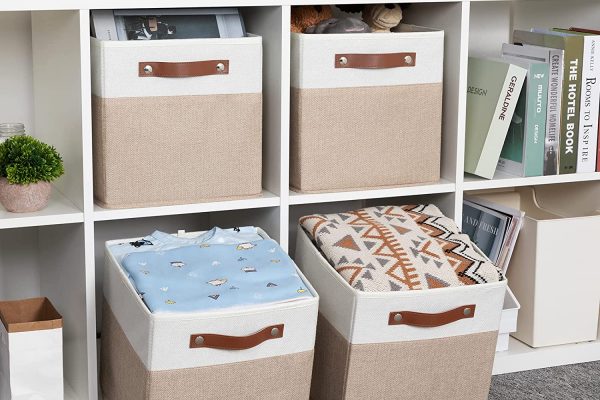
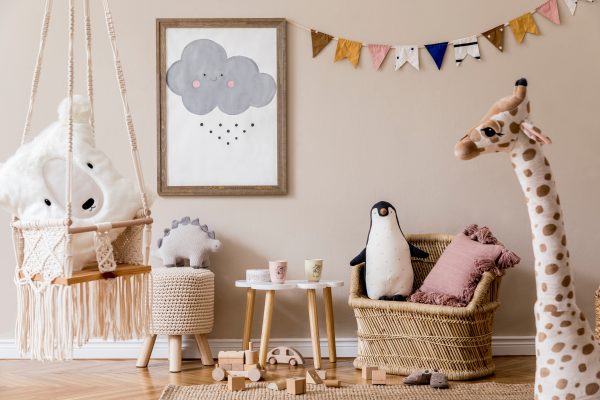

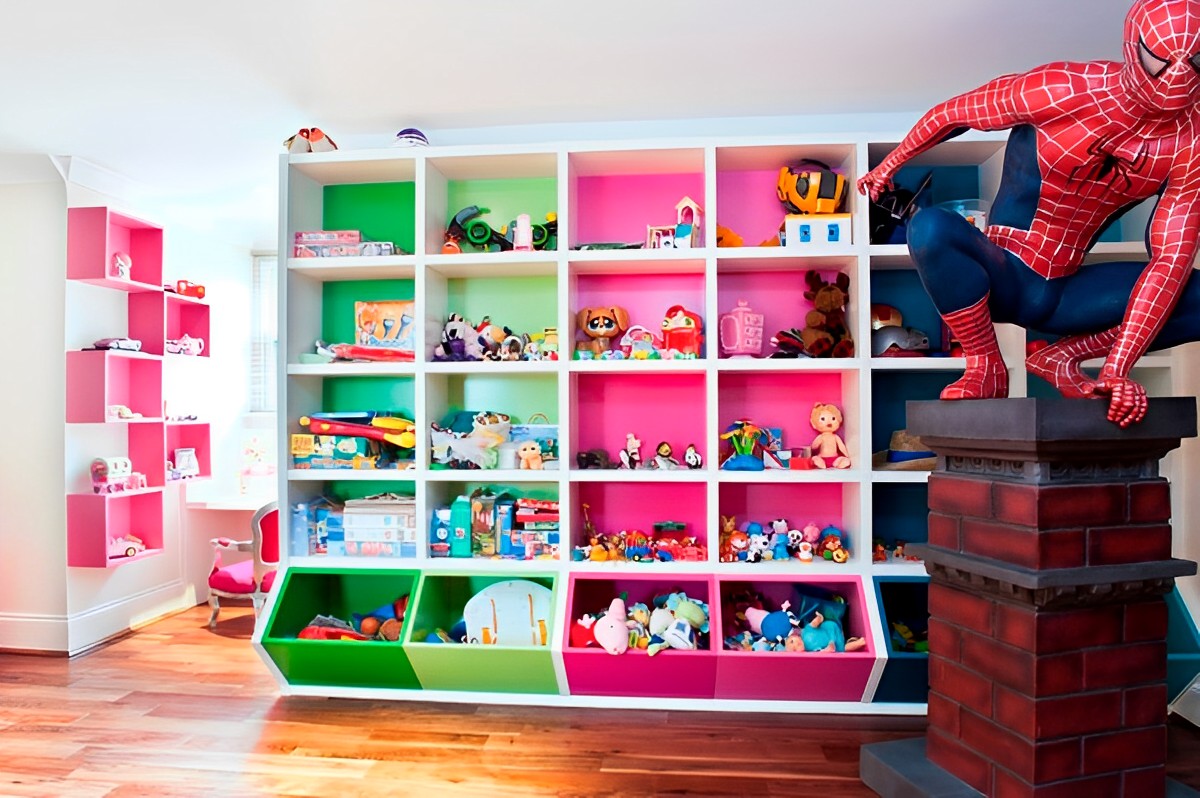
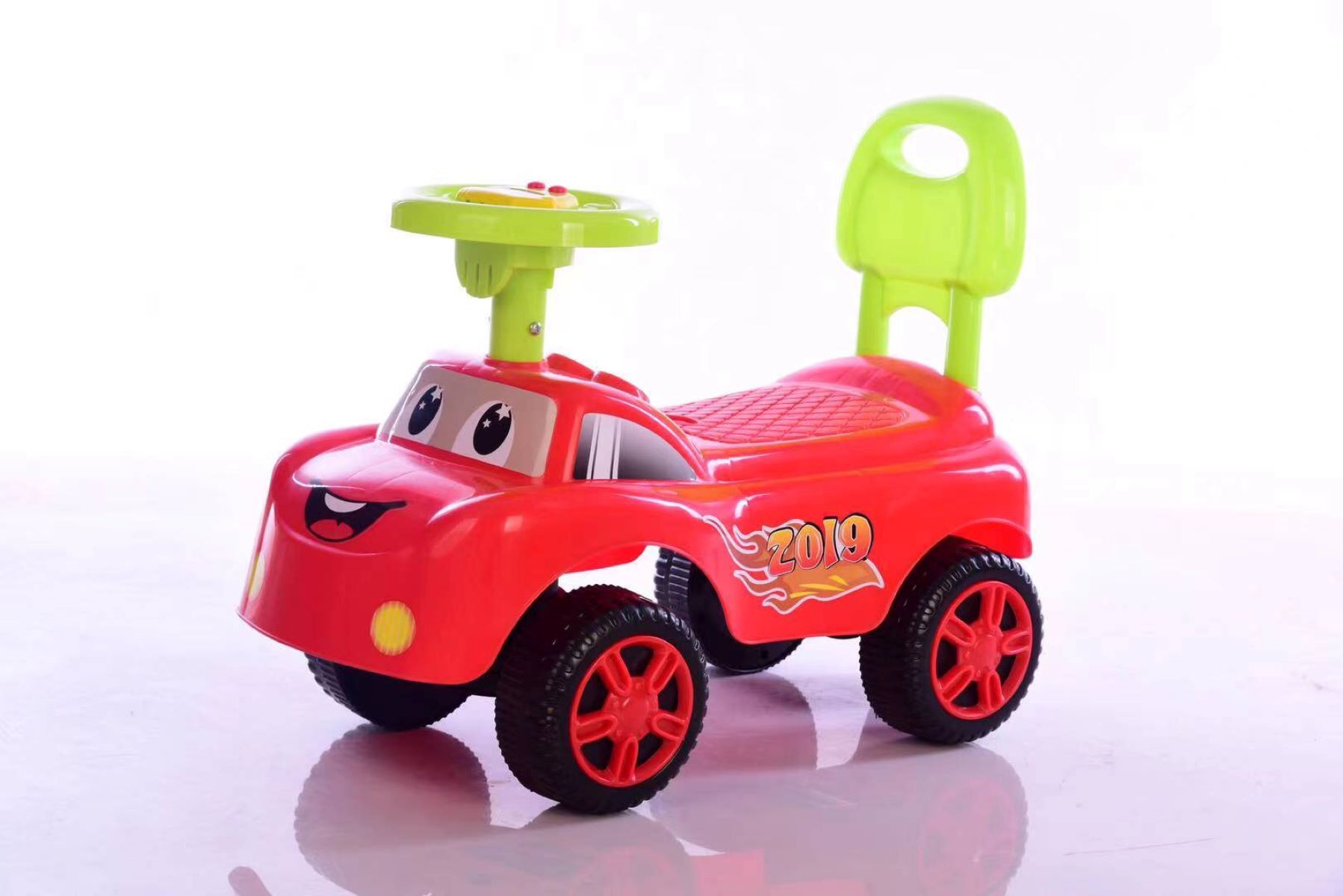
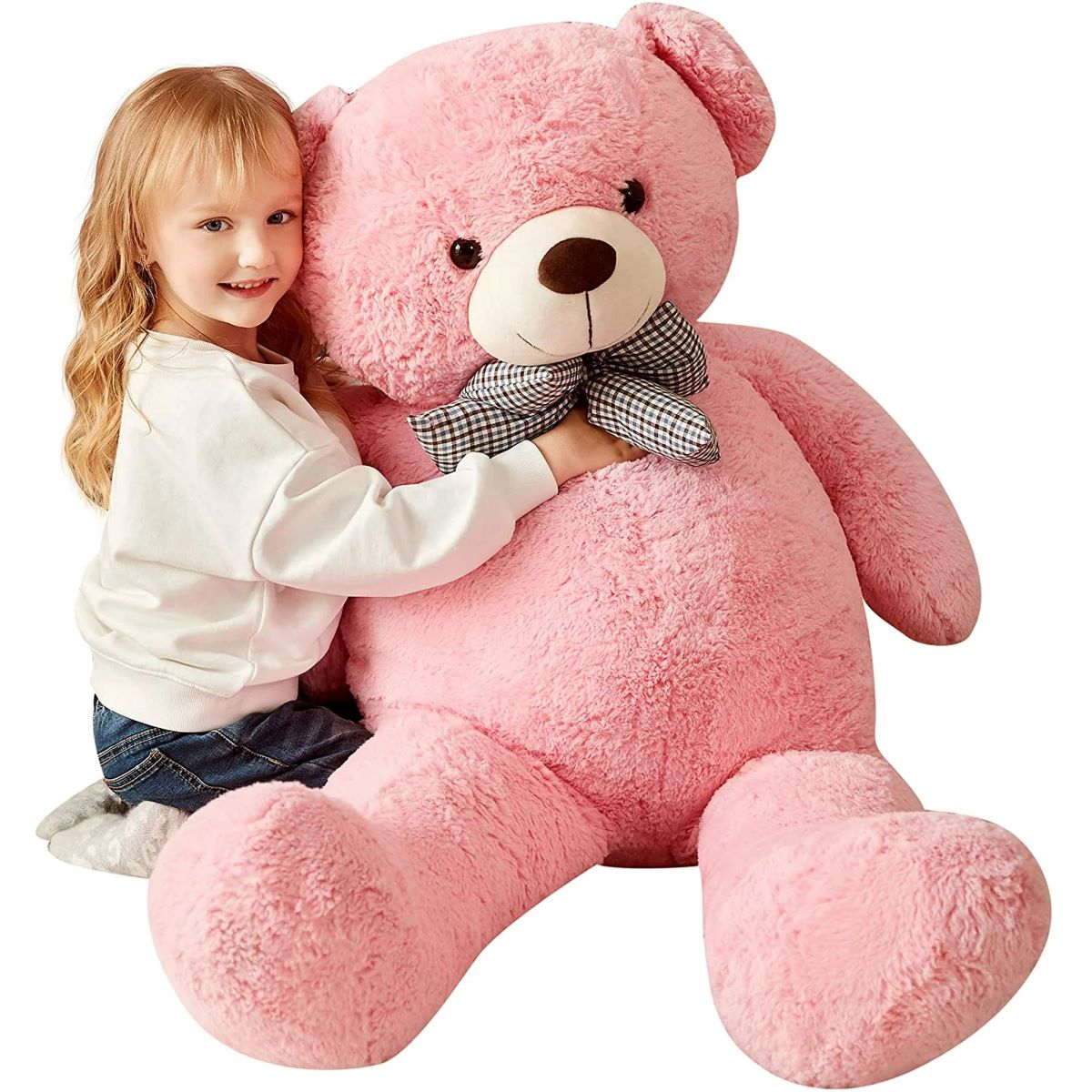
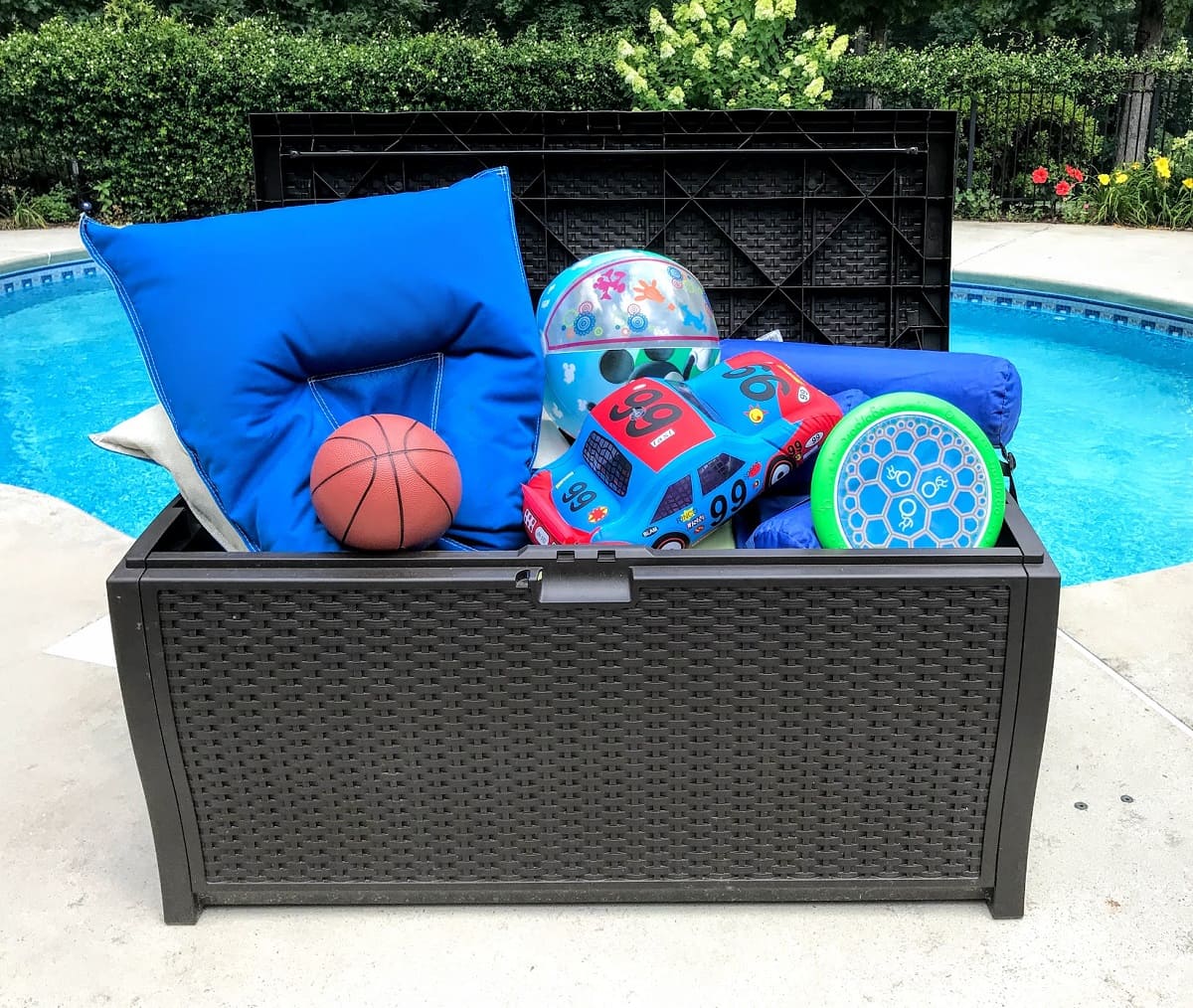
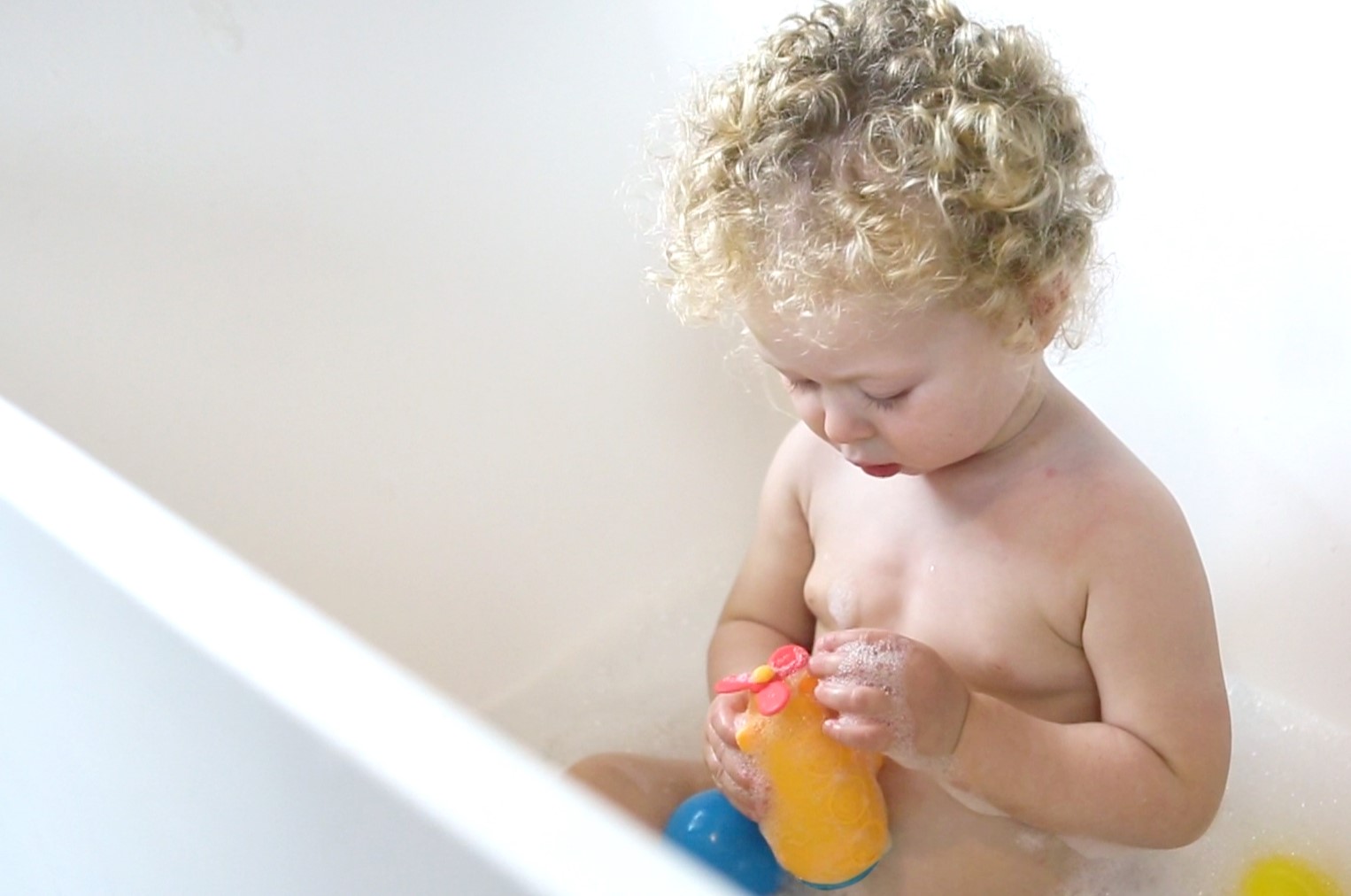




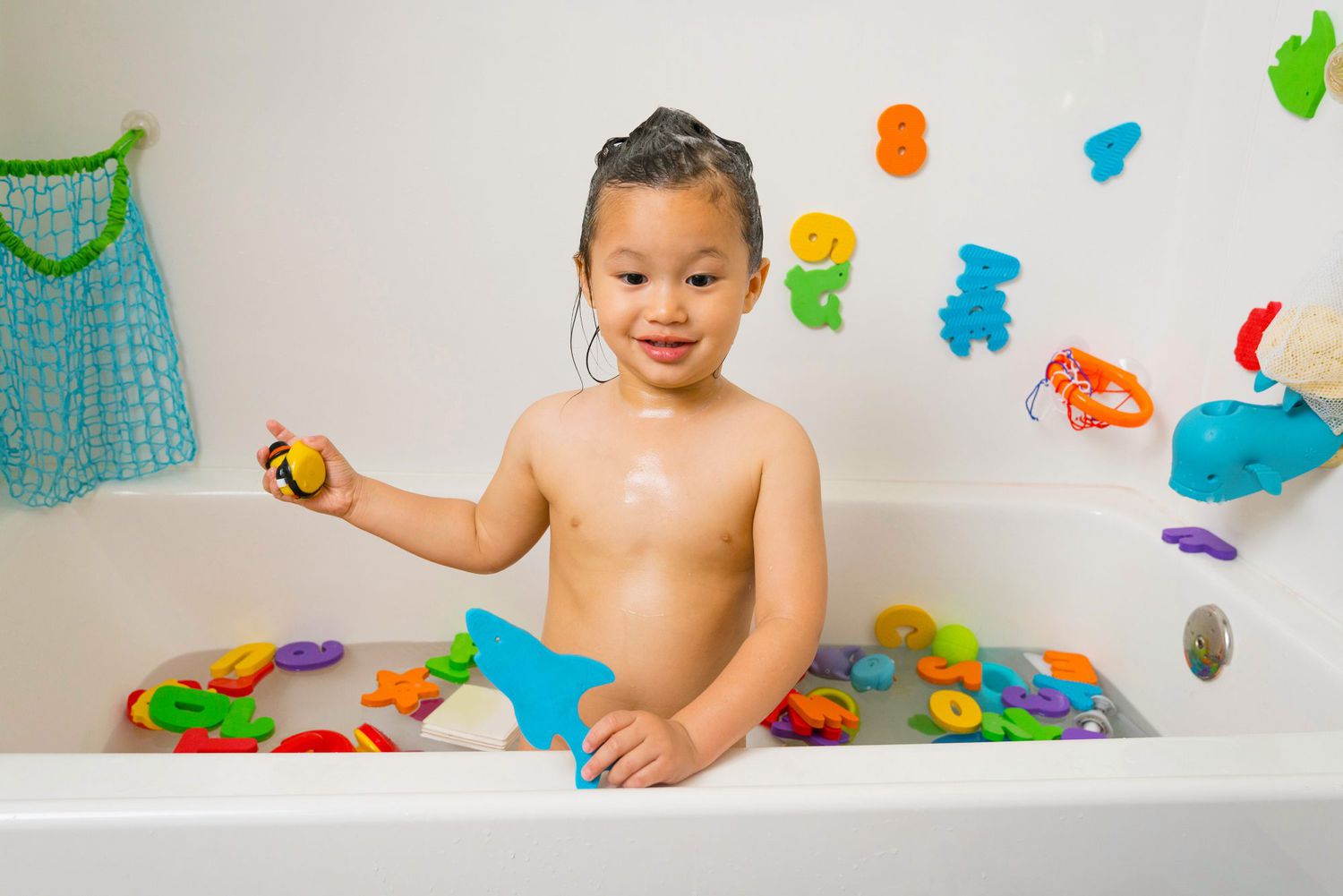
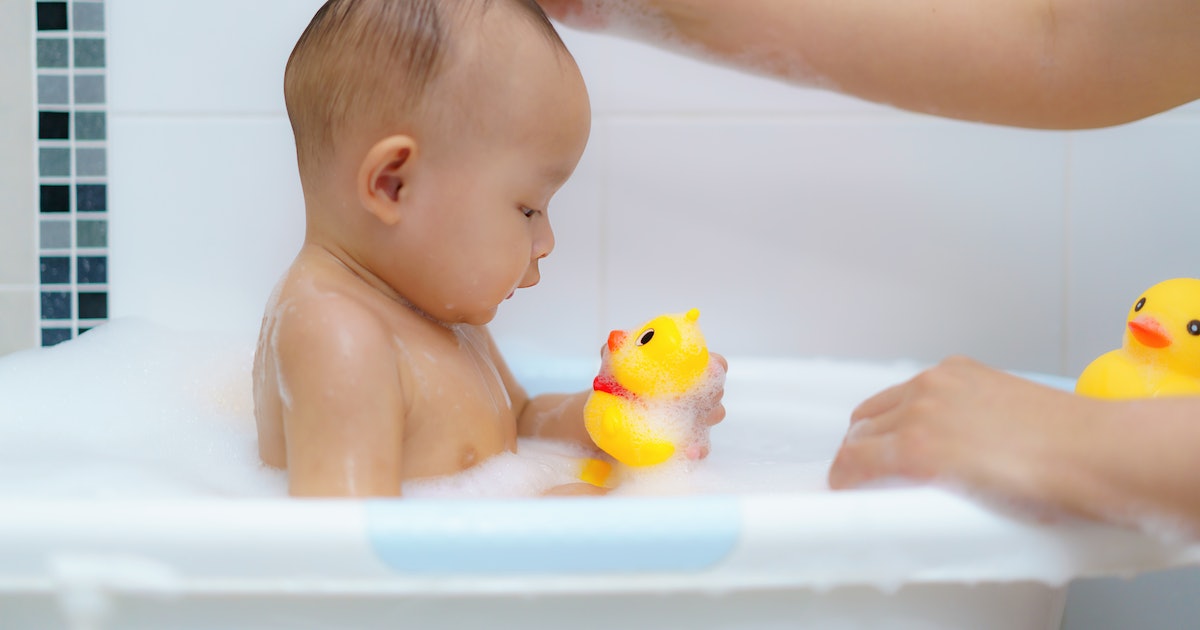

0 thoughts on “How To Organize Toys For Toy Rotation”